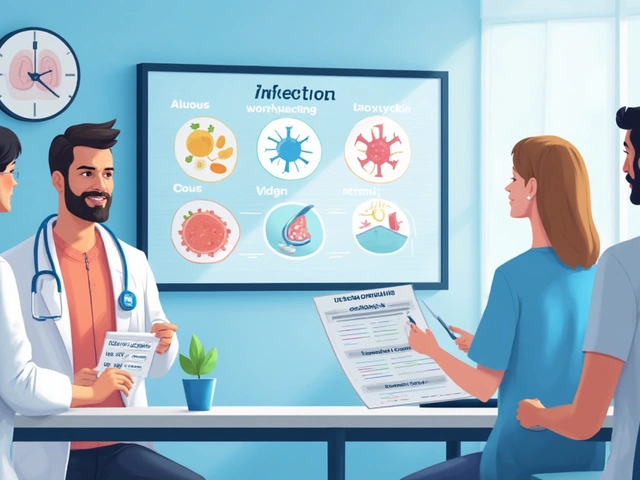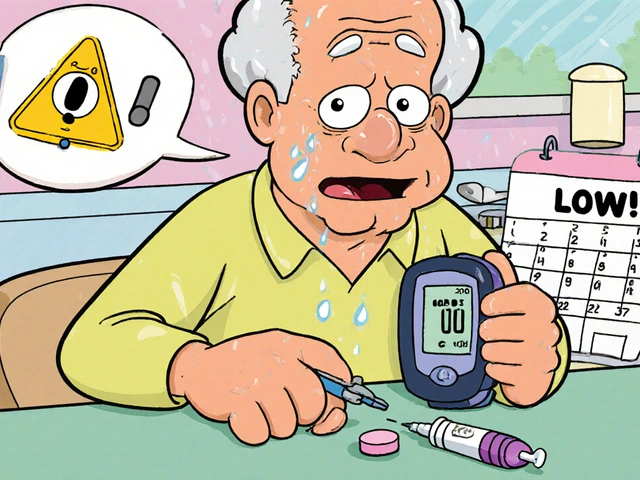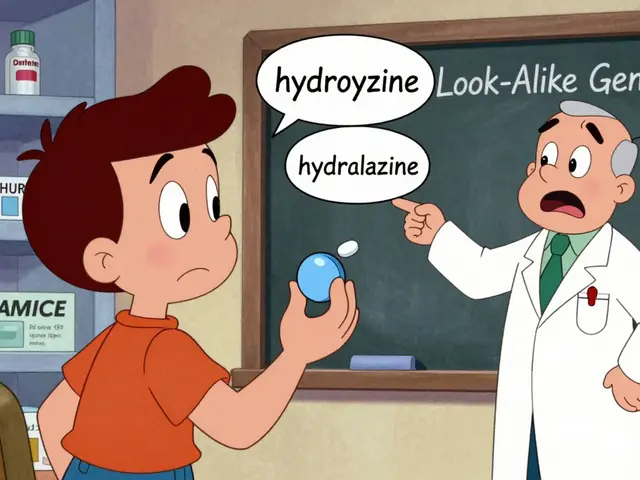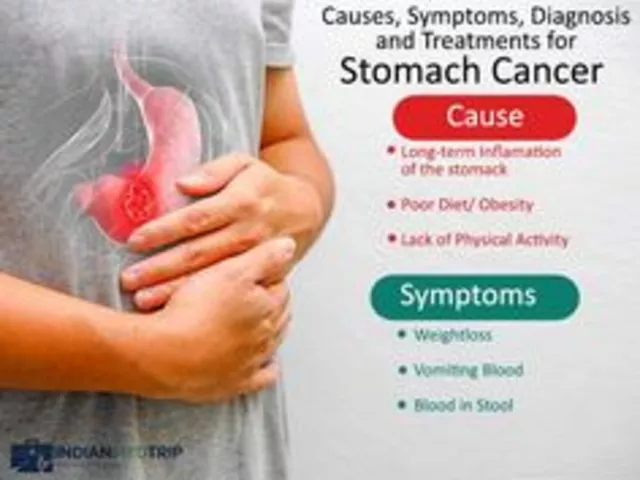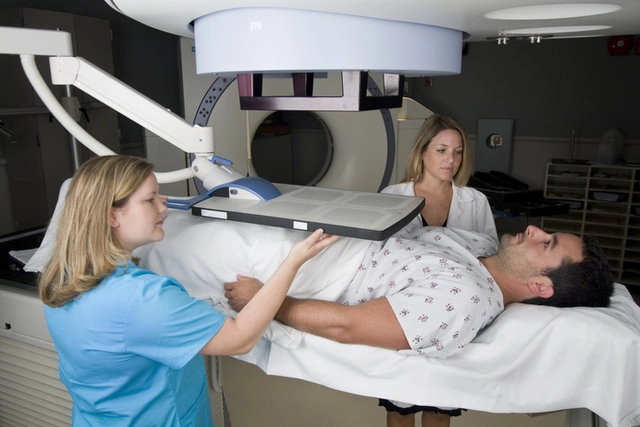Hemophilia: What it Is and How to Handle Bleeding
Hemophilia is a genetic condition where the blood can’t form normal clots. That means cuts, nosebleeds, or injuries can bleed longer than you’d expect. The two main forms are hemophilia A (low factor VIII) and hemophilia B (low factor IX). It’s usually passed on the X chromosome, so males are more often affected while females can be carriers.
Recognize the signs fast
Mild hemophilia might not show until surgery or a big injury. Moderate and severe cases often show early: frequent bruises, repeated nosebleeds, or bleeding into joints that causes swelling and pain. If a child limps or has a swollen knee without a clear injury, think bleeding into a joint. A hematologist diagnoses hemophilia with blood tests that measure factor VIII and IX levels.
Practical steps for bleeding and daily care
If bleeding starts, stay calm and act fast. For cuts, press firmly for at least 10–15 minutes without checking too soon. For joint or muscle bleeds, rest the limb, apply ice, elevate it, and get factor replacement as quickly as you can. Many people with hemophilia keep factor concentrate at home or have a treatment center that delivers it.
Avoid medicines that make bleeding worse. Aspirin, naproxen, and ibuprofen thin the blood; ask your doctor before using them. Acetaminophen is usually safer for pain. Wear a medical ID that clearly states your condition and factor type—this helps emergency staff act correctly.
Work with a hemophilia treatment center. These centers build a care plan, teach home infusion if needed, monitor for complications like inhibitors (antibodies that block treatment), and help with insurance or prescription delivery. Regular prophylactic infusions can prevent frequent bleeds and protect joints in people with severe hemophilia.
Plan dental work and surgeries. Tell your dentist or surgeon you have hemophilia before any procedure so they can arrange factor coverage or local measures like tranexamic acid mouthwash. For extractions or major work, schedule factor dosing in advance.
Keep active but choose safe sports. Swimming, cycling, and walking strengthen muscles and protect joints. Avoid high-contact sports that raise the risk of serious bleeds. If you do get a bleed, physical therapy helps restore strength and prevent long-term joint damage.
Travel prepared: pack extra factor, infusion supplies, a cold pack, and a letter from your hematologist with your treatment plan. If bleeding doesn’t stop or if you suspect an inhibitor, contact your hemophilia center immediately.
New treatments are improving life for many people with hemophilia, from longer-lasting factor products to gene therapy options. Talk to your hematologist about what fits your needs. With a clear plan and the right team, most people with hemophilia can live active, full lives while keeping bleeding risks low.

